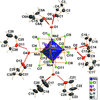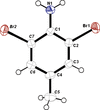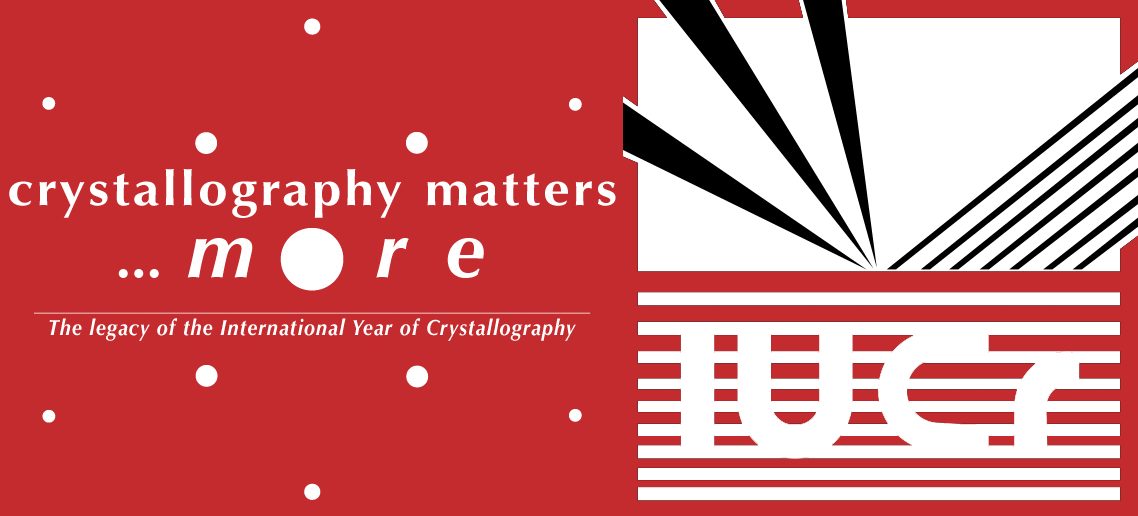issue contents
June 2022 issue

Cover illustration: Bis{[amino(iminiumyl)methyl]urea} tetrakis{2-[(dimethylamino)(iminiumyl)methyl]guanidine} di-μ6-oxido-tetra-μ3-oxido-tetradeca-μ2-oxido-octaoxidodecavanadium(V) tetrahydrate is a by-product obtained by reacting ammonium metavanadate(V), metformin hydrochloride and acetic acid in the presence of sodium hypochlorite, at pH = 5. The crystal structure comprises a decavanadate(V) anion (V10O28)6– lying on an inversion centre, while cations and solvent water molecules are placed in general positions, surrounding the anion, and forming numerous N—H⋯O and O—H⋯O hydrogen bonds. Metforminium (C4H12N5)+ and guanylurea (C2H7N4O)+ cations display the expected shape. Interestingly, in physiology the latter cation is known to be the main metabolite of the former one. The reported structure thus supports the role of sodium hypochlorite as an oxidizing reagent being able to degrade metformin hydrochloride to form guanylurea. See: Pérez-Benítez, Ariza-Ramírez, Fortis-Valera, Arroyo-Carmona, Martínez de la Luz, Ramírez-Contreras & Bernès [IUCrData (2022). 7, x220627].
metal-organic compounds


 access
access

 access
access

 access
accessorganic compounds


 access
access

 access
access

 access
access

 access
access

 journal menu
journal menu


















![[publCIF]](/logos/authorchecklist11.gif)





